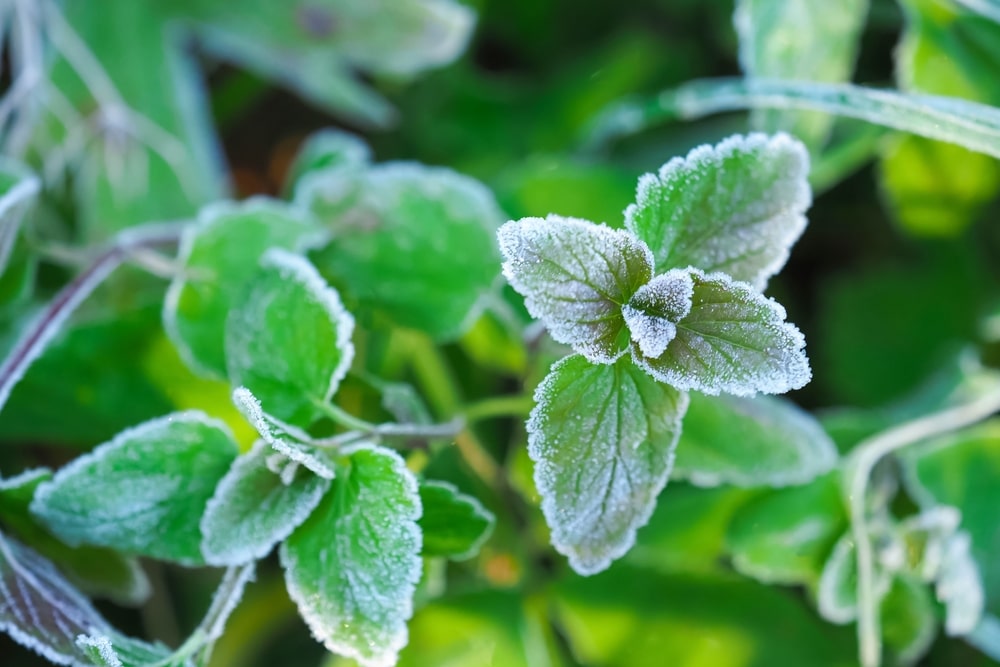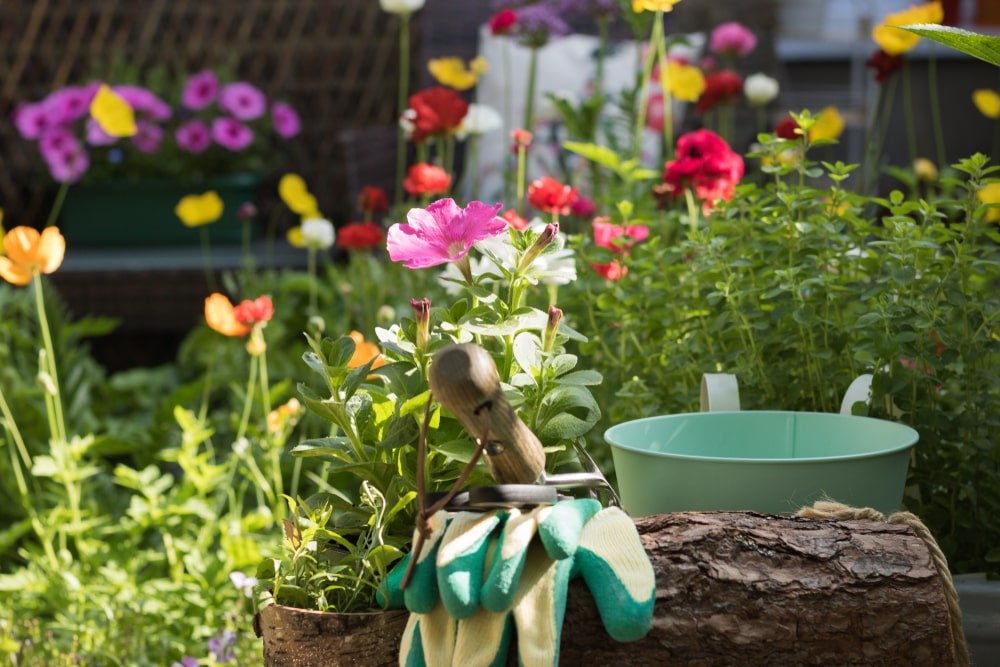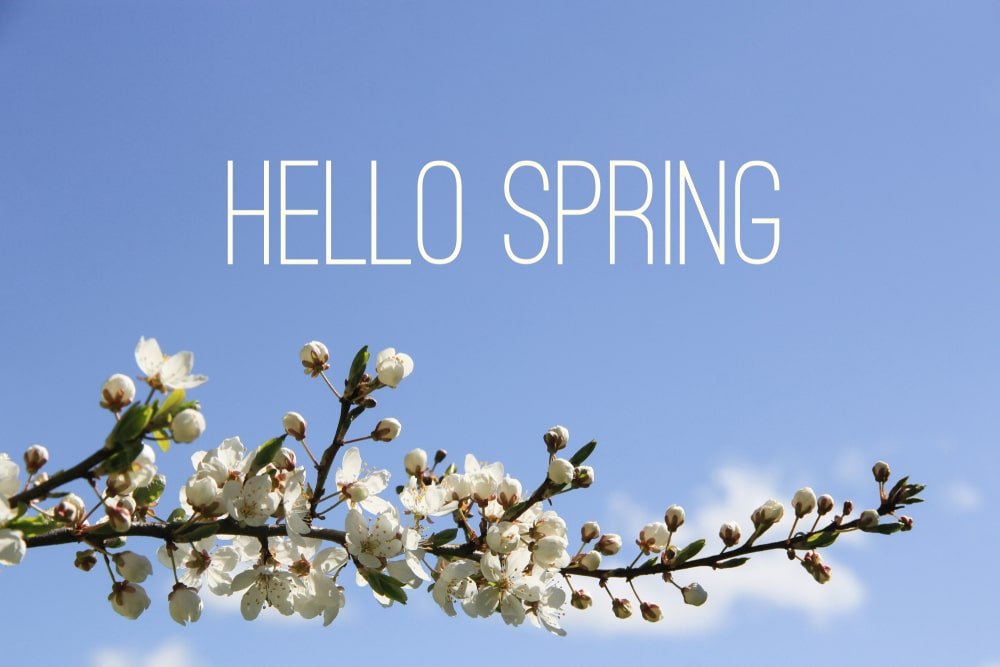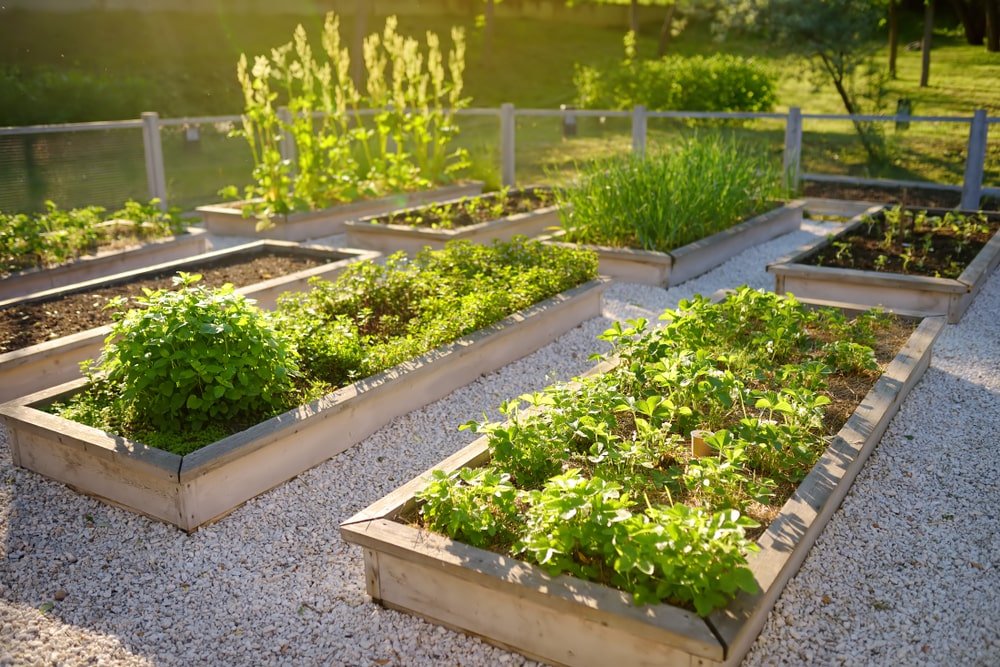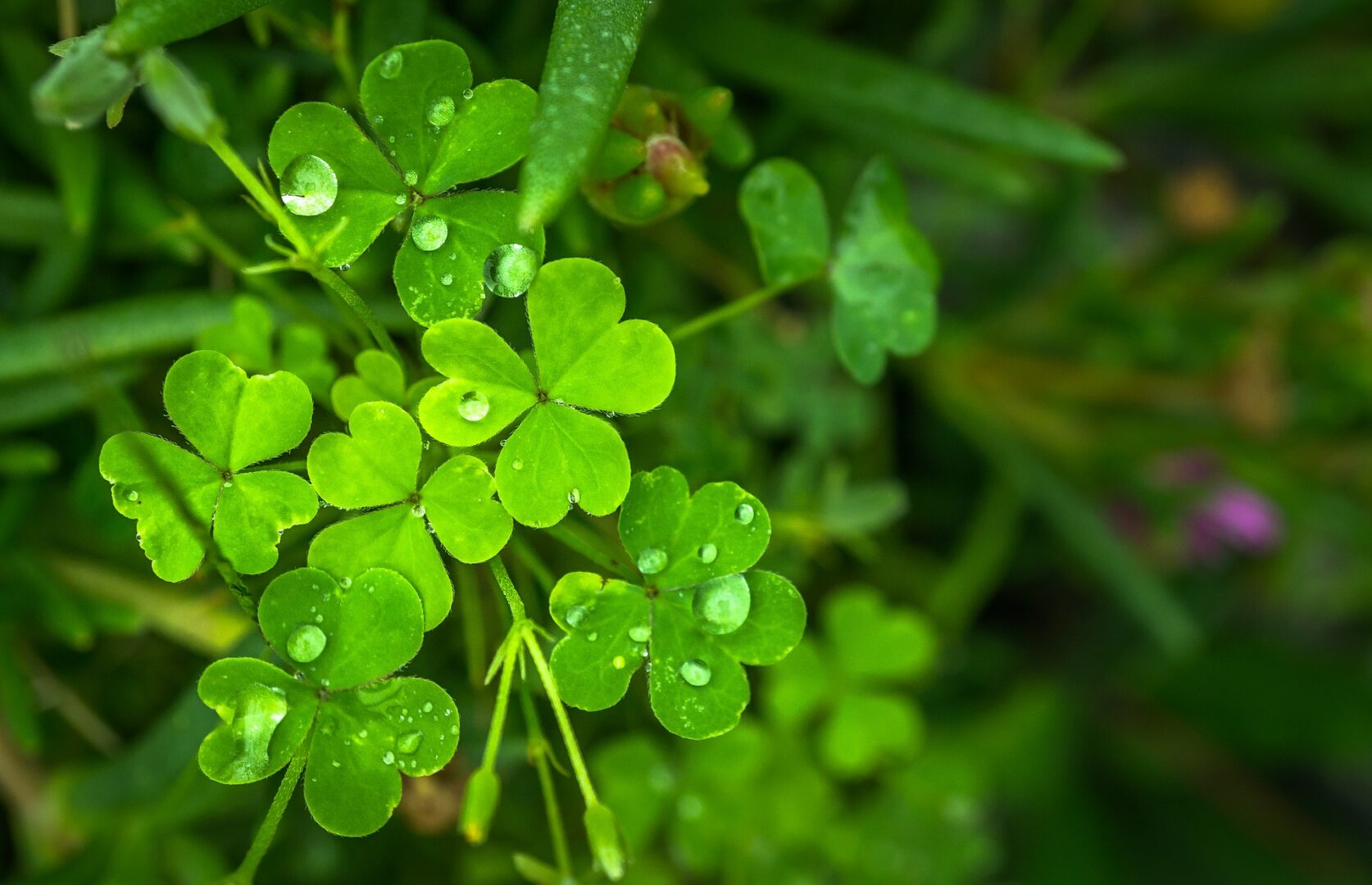Green Deserts
I heard the term Green Deserts from a long-time customer at The Great Big Greenhouse. She was bemoaning the fact that she had a yard full of flowers, yet saw almost no bees or butterflies. She said she thought it was because she lived in the middle of a green desert. My Green Desert I … Read more



